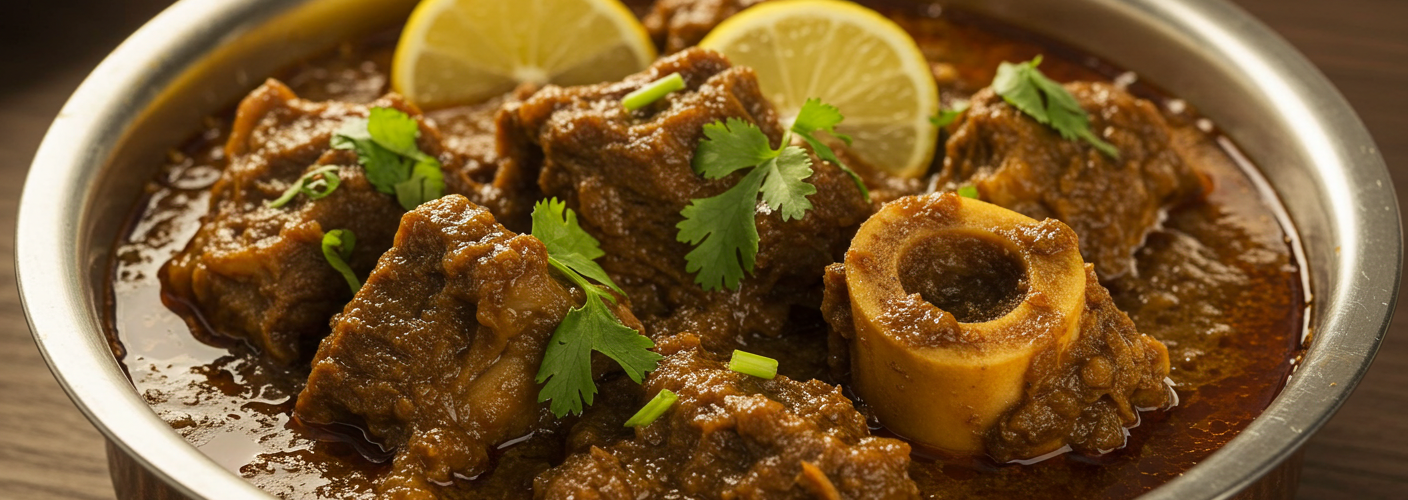Nihari, a beloved dish rooted in the culinary traditions of the Indian subcontinent, has captured the hearts and palates of food lovers worldwide. This slow-cooked stew, enriched with aromatic spices and the rich essence of bone marrow, is not only a feast for the senses but also a dish steeped in history and culture.
Traditionally served as a breakfast dish, Nihari has its origins traced back to the royal kitchens of the Mughal Empire. The name “Nihari” is derived from the Arabic word ‘Nahar’, meaning ‘morning’, which hints at its significance as an early morning meal to be enjoyed after a long night of fasting. The preparation of Nihari involves cooking the meat, often beef or lamb, overnight at low temperatures, allowing for a melt-in-your-mouth texture and flavor that is hard to replicate.
One of the key elements that sets Nihari apart is its unique blend of spices. Garam masala, ginger, garlic, and a medley of other spices come together to create a rich, aromatic base. The spices are not merely for flavor; they also play a crucial role in enhancing the dish’s health benefits. Many of the spices used in Nihari, such as turmeric and cumin, are known for their anti-inflammatory and digestive properties, making the dish not only delicious but nutritious.
The star ingredient, bone marrow, adds a distinct richness to Nihari. As it cooks, the marrow seeps into the broth, delivering a luscious, creamy quality that elevates the overall flavor. This ingredient, often overlooked in modern cuisine, harkens back to traditional cooking methods that prioritized every part of the animal, ensuring that nothing went to waste.
To prepare Nihari, the cooking process starts by searing the meat to lock in the juices, followed by adding finely chopped onions and allowing them to caramelize to a deep golden brown. Next, the spice mix is introduced, creating a fragrant aroma that fills the kitchen. The mixture is then combined with water and left to simmer, often for several hours, allowing the flavors to meld beautifully.
Traditionally, Nihari is served with naan or parathas, perfect for dipping into the rich gravy. Garnishing it with fresh cilantro, julienned ginger, and a squeeze of lime or a dash of green chilies can add a refreshing kick, balancing the richness of the dish.
While Nihari holds a special place in Pakistani and Indian cuisine, its appeal transcends borders. Many restaurants around the world proudly feature Nihari on their menus, showcasing it to a diverse audience eager to experience authentic flavors. It’s become a symbol of cultural exchange, bringing together people from different backgrounds to share in the joy of a warm, hearty meal.
In conclusion, Nihari is more than just a dish; it is a cultural experience that tells the story of tradition, culinary artistry, and community. Whether it’s enjoyed during the festive mornings of Eid or as a comforting dinner on a chilly evening, Nihari embodies the spirit of sharing and celebration. For those yet to experience this delightful stew, there’s nothing quite like a bowl of Nihari to warm the heart and nourish the soul.




Add comment